Increased Focus on Preventive Healthcare
The Non-Destructive Medical Technologies Market is benefiting from an increased focus on preventive healthcare. As healthcare systems worldwide shift towards proactive rather than reactive care, non-destructive technologies play a crucial role in early diagnosis and monitoring of health conditions. This trend is supported by a growing awareness among patients regarding the importance of regular health screenings and check-ups. Market analysis suggests that the preventive healthcare segment is expected to grow at a rate of approximately 6% over the next few years. This growth is likely to be fueled by the integration of non-destructive technologies that facilitate early detection of diseases, thereby reducing the overall healthcare burden and improving patient outcomes.
Growing Investment in Healthcare Infrastructure
The Non-Destructive Medical Technologies Market is poised for growth due to the increasing investment in healthcare infrastructure. Governments and private entities are allocating substantial resources to enhance healthcare facilities, particularly in emerging economies. This investment is aimed at modernizing medical equipment and adopting advanced technologies, including non-destructive medical technologies. Recent reports indicate that healthcare spending is expected to rise by 5% annually, with a significant portion directed towards upgrading diagnostic and imaging capabilities. As healthcare systems expand and modernize, the demand for non-destructive technologies is likely to increase, thereby driving market growth and improving access to quality healthcare services.
Rising Demand for Minimally Invasive Procedures
The Non-Destructive Medical Technologies Market is significantly influenced by the rising demand for minimally invasive procedures. Patients and healthcare providers alike are increasingly favoring techniques that reduce recovery time and minimize surgical risks. This trend is evident in various medical fields, including orthopedics, cardiology, and gastroenterology, where non-invasive methods are becoming the standard. Market data indicates that the minimally invasive surgical instruments segment is expected to grow substantially, with a projected increase of around 8% annually. This shift towards less invasive options is likely to drive the adoption of non-destructive technologies, as they align with the broader healthcare trend of enhancing patient comfort and safety while maintaining high-quality outcomes.
Regulatory Support for Non-Invasive Technologies
The Non-Destructive Medical Technologies Market is experiencing favorable regulatory support, which is crucial for the development and adoption of non-invasive technologies. Regulatory bodies are increasingly recognizing the importance of these technologies in enhancing patient care and safety. This support is evident in the streamlined approval processes for innovative medical devices and imaging technologies. Recent data suggests that the time for regulatory approval has decreased by approximately 20% over the past few years, facilitating quicker market entry for new products. As regulations evolve to support innovation, the Non-Destructive Medical Technologies Market is likely to benefit from an influx of new technologies that improve diagnostic capabilities and patient outcomes.
Technological Advancements in Imaging Techniques
The Non-Destructive Medical Technologies Market is experiencing a surge in technological advancements, particularly in imaging techniques. Innovations such as 3D imaging, MRI, and ultrasound technologies are enhancing diagnostic accuracy and patient outcomes. These advancements are not only improving the quality of care but also reducing the need for invasive procedures. According to recent data, the market for advanced imaging technologies is projected to grow at a compound annual growth rate of approximately 7% over the next five years. This growth is driven by the increasing demand for precise diagnostics and the rising prevalence of chronic diseases, which necessitate advanced imaging solutions. As healthcare providers seek to adopt these technologies, the Non-Destructive Medical Technologies Market is likely to witness significant expansion.
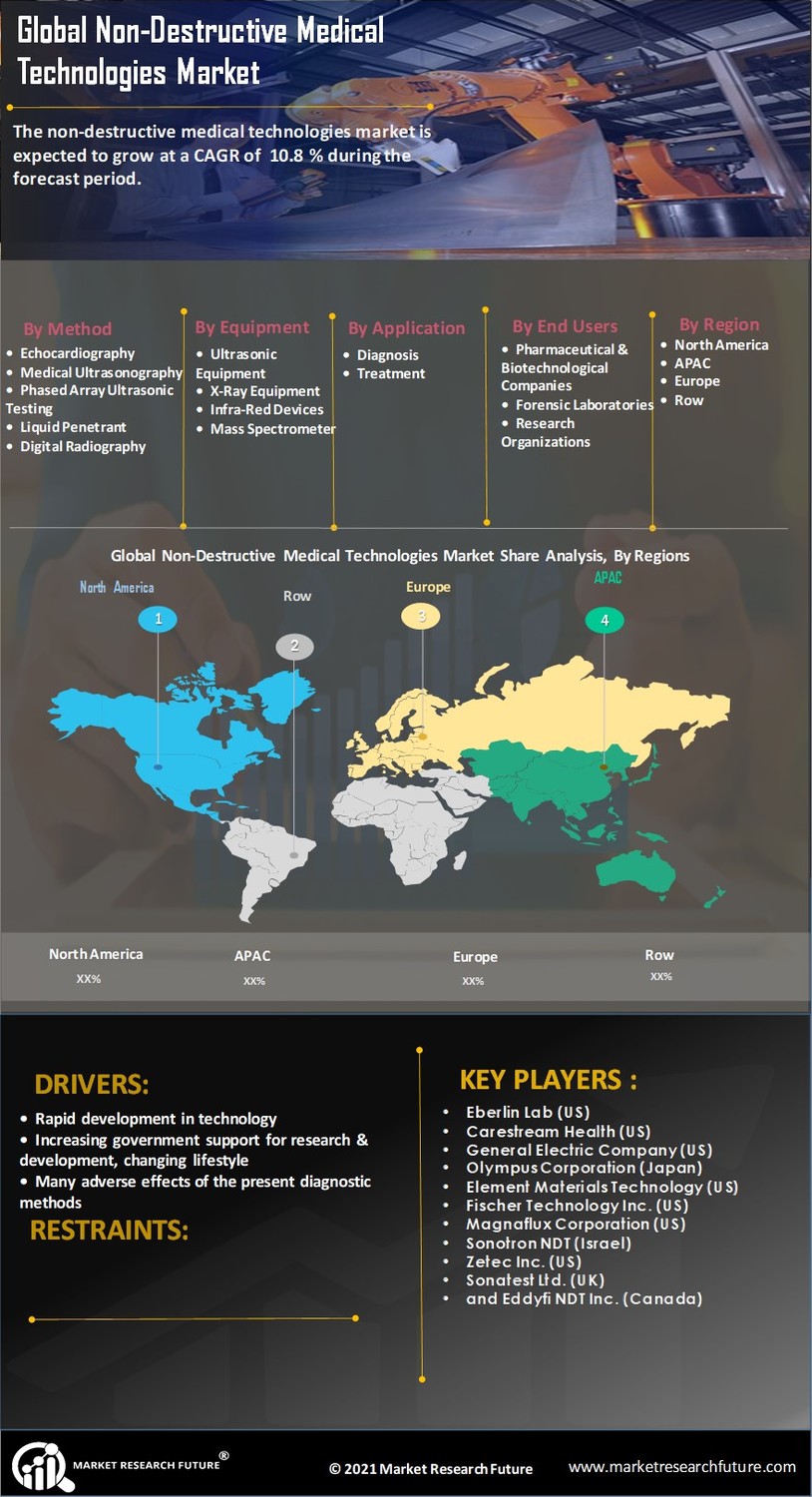

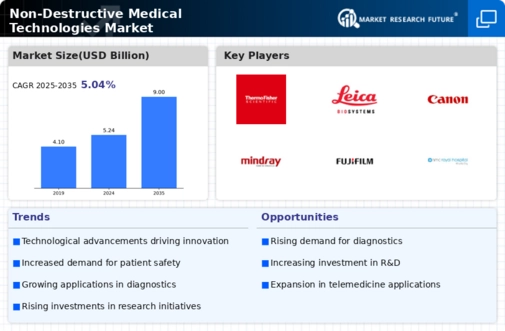
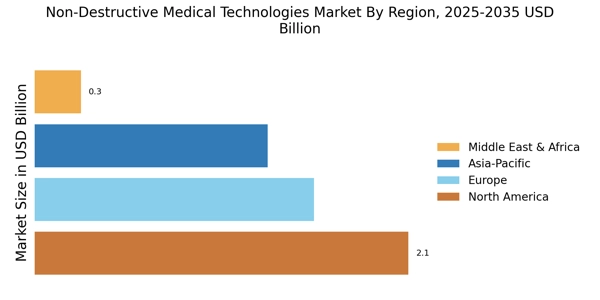
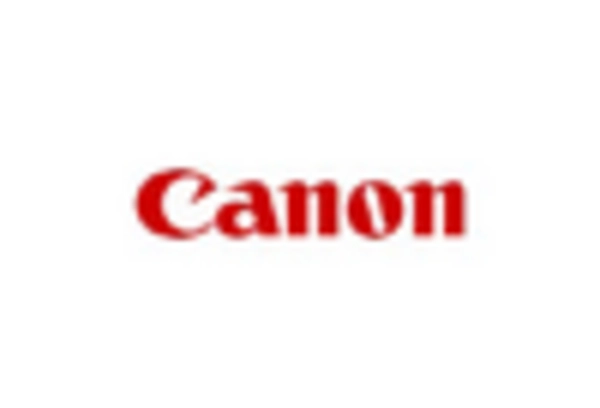
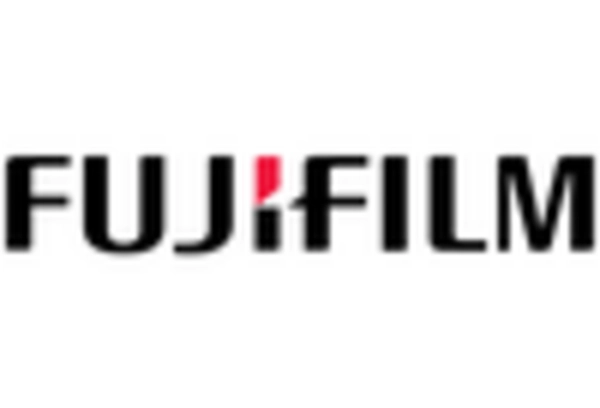

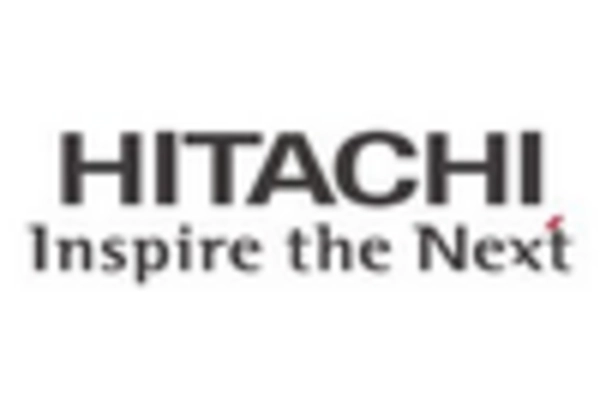










Leave a Comment